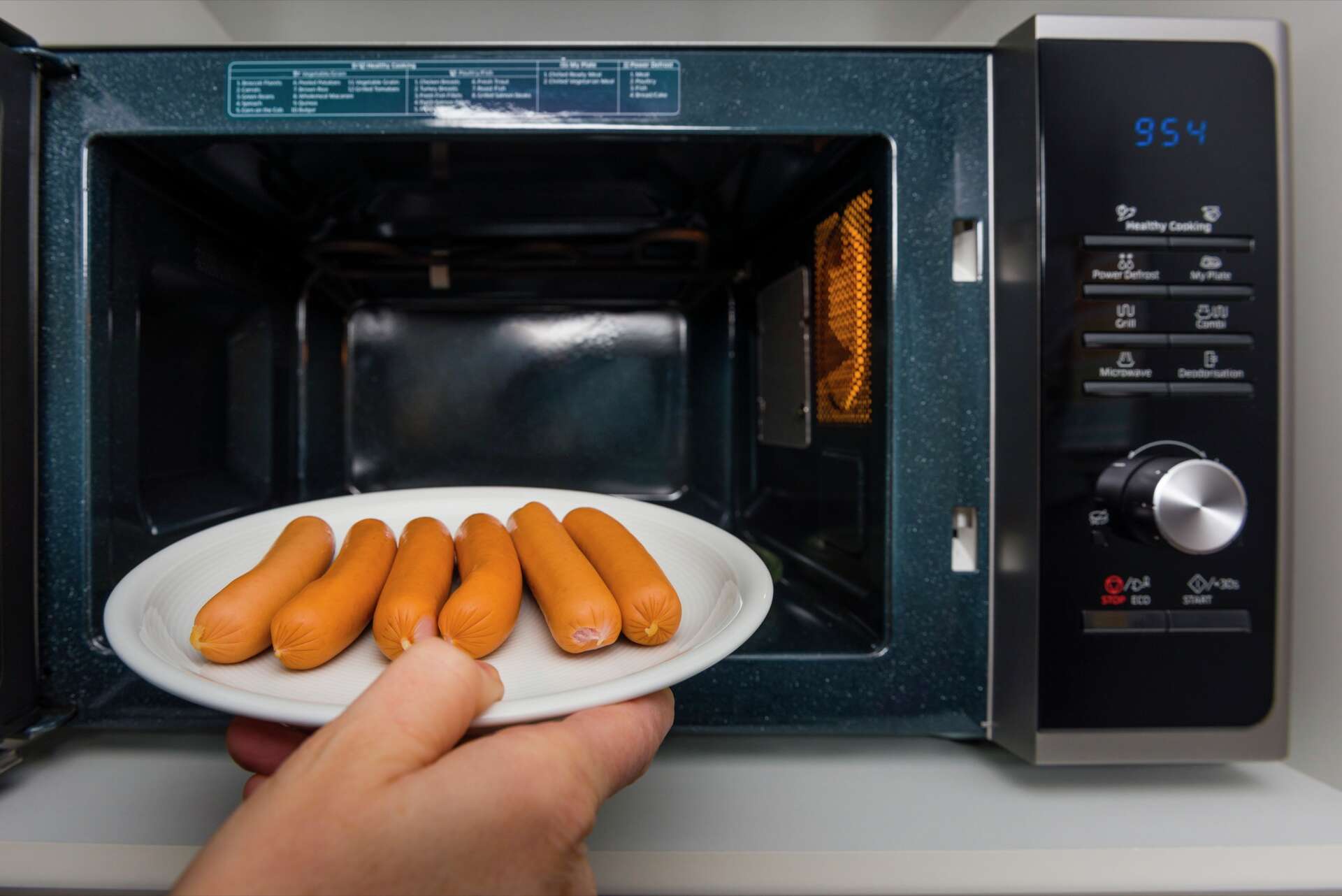ADVERTISEMENT
11 Foods You Should NEVER Reheat in the Microwave (And Why)
The microwave is a modern kitchen miracle—quick, convenient, and a go-to tool for reheating leftovers or cooking up fast meals. But while it’s great for a lot of things, not every food should be reheated in this speedy appliance. Some foods can end up with unpleasant textures, uneven heating, or even potential health risks when microwaved.
To help you avoid common microwave mishaps, here’s a list of 11 foods you should NEVER reheat in the microwave, along with why they’re better off cooked by other methods.
1. Rice
Reheating rice in the microwave can be a time-saver, but microwaving rice that’s been left out at room temperature can be risky. When rice is improperly stored and then reheated, harmful bacteria like Bacillus cereus can survive and cause food poisoning. Even if the rice has been refrigerated, it’s best to reheat it gently on the stove or with added moisture (a splash of water or broth) to ensure even heating.
Tip: If you must microwave rice, ensure it’s been stored correctly (within 1 hour of cooking) and reheat it with a damp paper towel to keep it moist.
2. Chicken
Chicken is one of those foods that’s prone to becoming rubbery and dry when microwaved. The microwave can heat it unevenly, leaving cold spots that can harbor bacteria, especially if the chicken hasn’t been reheated thoroughly. The texture of the meat also tends to become chewy and tough after microwaving, making it less enjoyable.
Tip: If you’re reheating chicken, consider using the oven or stovetop with a bit of broth or sauce to keep it moist and evenly heated.
3. Eggs (Especially Hard-Boiled)
Microwaving eggs can result in a very unpleasant texture, especially when it comes to hard-boiled eggs. The egg whites may become rubbery and tough, while the yolk may turn dry and crumbly. Moreover, eggs can easily explode in the microwave, creating a messy and potentially hazardous situation.
Tip: If you must reheat scrambled eggs, do so on low heat in a skillet on the stovetop for better results.
4. Pizza
While it might seem convenient to pop leftover pizza in the microwave, it’s a mistake. The crust tends to become soggy, and the cheese may turn rubbery, losing that satisfying stretchiness. This happens because the microwave heats unevenly, causing the moisture in the crust to be trapped.
Tip: For a crispier, tastier pizza, reheat it in a skillet or in the oven for just a few minutes. A quick broil for the last 2 minutes can revive that crisp, golden crust.
5. Leafy Greens (Like Spinach or Kale)
Leafy greens are one of the worst offenders when it comes to reheating in the microwave. When reheated, spinach, kale, and other greens can release a strong, unpleasant smell and turn mushy and slimy. This is because microwaving can break down the cell structure of the leaves too quickly, making them lose texture and flavor.
Tip: If you need to reheat cooked leafy greens, do so gently in a pan on the stove. If you’re reheating them as part of a soup or stew, the stovetop method is a safer bet.
6. Seafood
Reheating seafood, such as fish or shrimp, in the microwave is a recipe for disaster. Seafood tends to become tough and overly chewy when microwaved, and the fish can develop an off-putting, overly fishy odor. Additionally, the microwave often heats seafood unevenly, leaving it cold in some areas and overcooked in others.
Tip: To reheat seafood, try using a skillet with a little bit of butter or olive oil on low heat, or gently reheat it in the oven covered with foil.
For Complete Cooking STEPS Please Head On Over To Next Page Or Open button (>) and don’t forget to SHARE with your Facebook friends
ADVERTISEMENT
